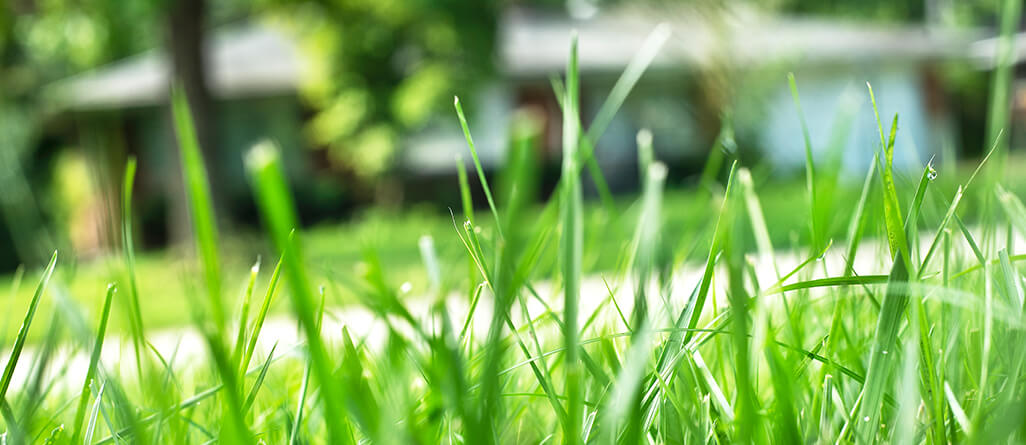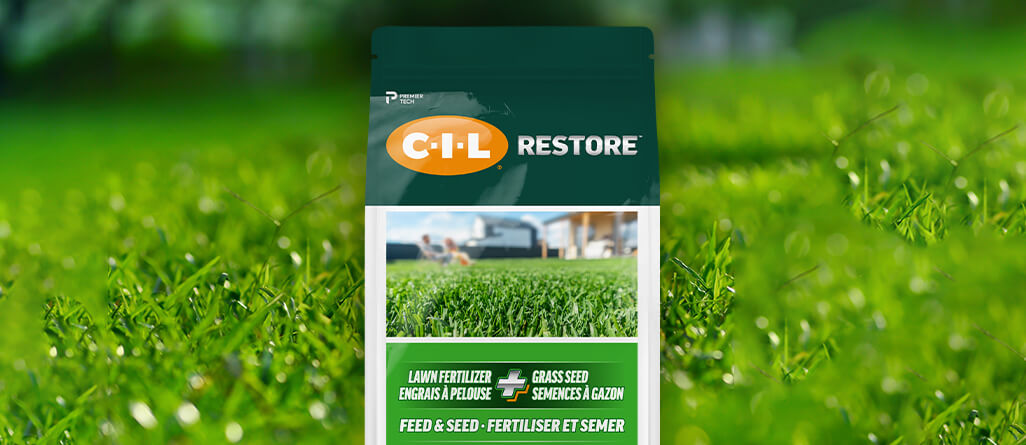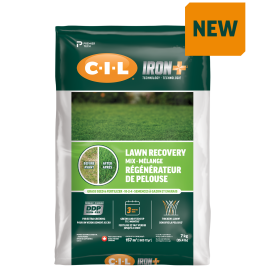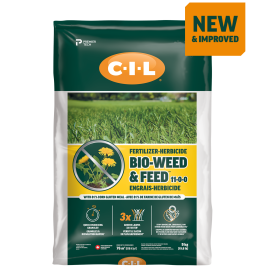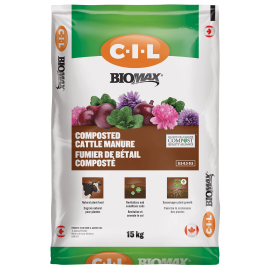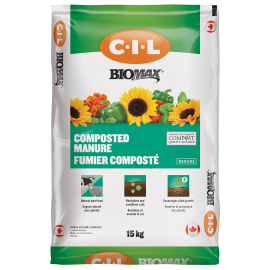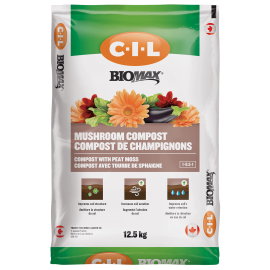How to choose your lawn fertilizer in spring
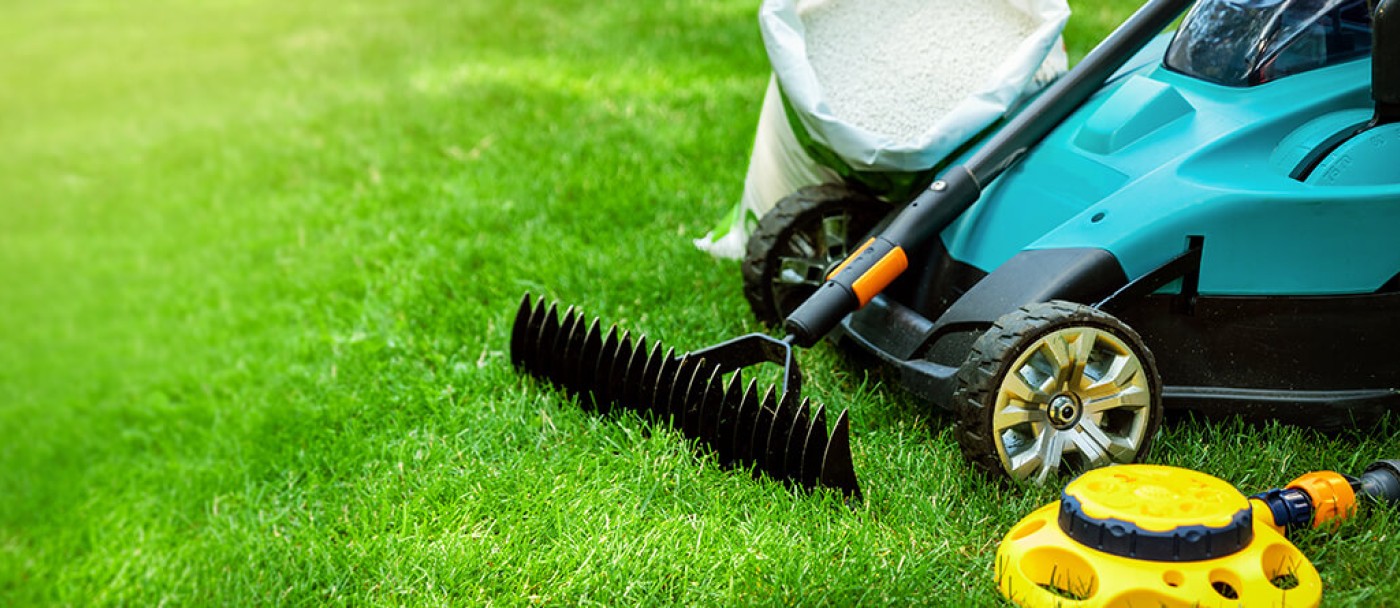
It’s not pretty. In late winter/early spring, your dirty, brown, waterlogged lawn can look like it’s on life support. You can revive that hibernating grass. With a little help, your lawn will bounce back once the warmer weather shows up. Fertilizer, when applied correctly in the spring, can provide a life-giving support to any lawn that has suffered through the long, cold winter. Fertilizing in the spring is an important part of your year-round lawn care.
When should I fertilize my lawn in spring in Canada?
Don’t rush this. In the early spring, the grass plant wants to invest its winter-stored energy into much needed root development. Fertilizing too soon with high nitrogen lawn food (first number on a bag of fertilizer, e.g. 30-0-3) will divert the lawn’s energy from its needed roots to unnecessary early top growth. And that creates a weaker lawn going into the summer. Wait until the first mowing at least to fertilize.
The thing about fertilizing two or three times a year is that you can help create a thicker mass of lawn that keeps weed seeds from finding bare spots to germinate in. A good dose of fertilizer will also equip your lawn to fight off the stresses of summer, traffic, disease, heat and drought. Fertilizer is the lawn’s best defense.
BONUS
You should know that a healthy lawn captures carbon dioxide from the air and releases pure oxygen, prevents erosion, traps dust and exhausts from the air, provides a soft cushiony surface and cools the ground.
What do the numbers on a fertilizer bag mean?
When you buy and apply fertilizer to your lawn, you are feeding the grass plants with a combination of three plant nutrients: nitrogen (N), phosphorus (P) and potassium (K). The ratio of three numbers on a fertilizer label tells you the amount of nitrogen-phosphorus-potassium in the product by weight.
Nitrogen: The first number listed on the label is nitrogen. This nutrient encourages top growth and is one of the key elements of plant life. Most of the nitrogen in the soil underneath your lawn is tied up in the organic matter. This nitrogen is continually being transformed by beneficial bacteria to make it available in a form that can be used by plant roots. Grass plants consume nitrogen daily in high amounts, so you need to replenish the soil reserve periodically during the growing season.
Phosphorus is often excluded from Canadian lawn fertilizers due to its potential negative environmental impact, particularly in water that eventually finds its way into lakes through storm drains. As well, established lawns typically have sufficient phosphorus levels. Excess phosphorus can contribute to algal blooms and reduced oxygen levels in water, harming aquatic life. That is why you usually see lawn fertilizers with a “0” for the middle number.
Potassium improves resistance to stresses and helps lawns handle heavy traffic, pests, diseases, drought and heat. Potassium is a very important nutrient in fertilizer that cannot be overlooked. It toughens your lawn.
A blade of grass on average has a nitrogen-phosphorus-potassium ratio of about 2-0-1. A lawn fertilizer in the ratio of 20-0-10 is almost an exact replacement of the nutrients that the plant demands from the soil.
What is the best fertilizer for springtime?
For the spring, choose a granular fertilizer with a high nitrogen to potassium ratio (2:1 ratio) with slow-release nitrogen. A soil test would give the specific soil corrections required, but in general, the 2 to 1 ratio fertilizer will do nicely.
The nitrogen can come in two forms: manufactured or organic.
Organic nitrogen comes from animal and vegetable materials. Organic nitrogen will take more time to have an effect on the grass because first, it needs to be broken down by soil bacteria to make it available into a format that’s suitable for plant roots. So, you don’t get as quick a grass response. However, the benefit with organic nitrogen is that it adds organic matter to the soil, fosters beneficial soil microbes and improves water and nutrient availability. Examples of organic nitrogen include corn gluten, blood meal, feather meal, fish meal.
Manufactured nitrogen involves a process of reacting gases from the air/earth (carbon dioxide and ammonia) to produce urea. This form is very soluble and is available immediately after application and watering. Many lawn fertilizers may have a percentage of something called “slow-release nitrogen”, which typically is urea with a polymer coating. This coating slows down the availability of the nitrogen, delaying it so it is released over 6-12 weeks.
A MUST-TRY!
C-I-L Restore Feed & Seed Lawn Fertilizer & Grass Seed 22-0-10 contains slow-release nitrogen plus grass seed to invigorate the lawn and help fill in thin areas. Apply again in early fall.
